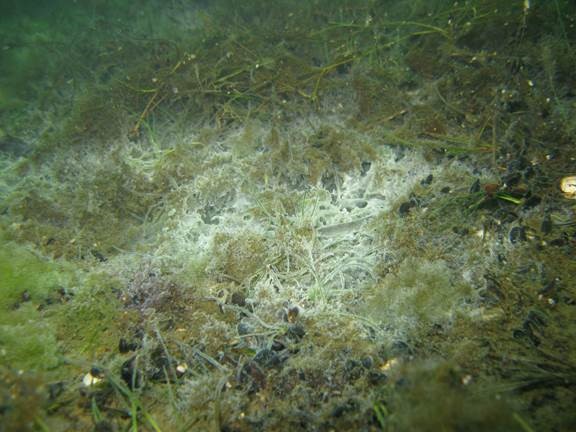A new paper in Biogeosciences demonstrates the role of topography for formation of hypoxia in coastal areas. In cooperation with researchers from Finnish Environment Institute, University of Helsinki and the Baltic Sea Centre, we have developed a model to identify areas prone to hypoxia.
Hypoxia is an increasing problem in marine ecosystems around the world. While major advances have been made in our understanding of the drivers of hypoxia, challenges remain in describing oxygen dynamics in coastal regions. The complexity of many coastal areas and lack of detailed in situ data have hindered the development of models describing oxygen dynamics at a sufficient spatial resolution for efficient management actions to take place.
It is well known that the enclosed nature of seafloors and reduced water mixing facilitates hypoxia formation, but the degree to which topography contributes to hypoxia formation and small-scale variability of coastal hypoxia has not been previously quantified. We developed simple proxies of seafloor heterogeneity and modeled oxygen deficiency in complex coastal areas in the northern Baltic Sea. According to our models, topographical parameters alone explained ∼80 % of hypoxia occurrences. The models also revealed that less than 25 % of the studied seascapes were prone to hypoxia during late summer (August–September). However, large variation existed in the spatial and temporal patterns of hypoxia, as certain areas were prone to occasional severe hypoxia (O2 < 2 mg L−1), while others were more susceptible to recurrent moderate hypoxia (O2 < 4.6 mg L−1).
Areas identified as problematic in our study were characterized by low exposure to wave forcing, high topographic shelter from surrounding areas and isolation from the open sea, all contributing to longer water residence times in seabed depressions. Deviations from this topographical background are probably caused by strong currents or high nutrient loading, thus improving or worsening oxygen status, respectively. In some areas, connectivity with adjacent deeper basins may also influence coastal oxygen dynamics. Developed models could boost the performance of biogeochemical models, aid developing nutrient abatement measures and pinpoint areas where management actions are most urgently needed.

Local occurence of Beggiathoa in Stockholm archipelago Photo: Anna Engdahl/AquaBiota